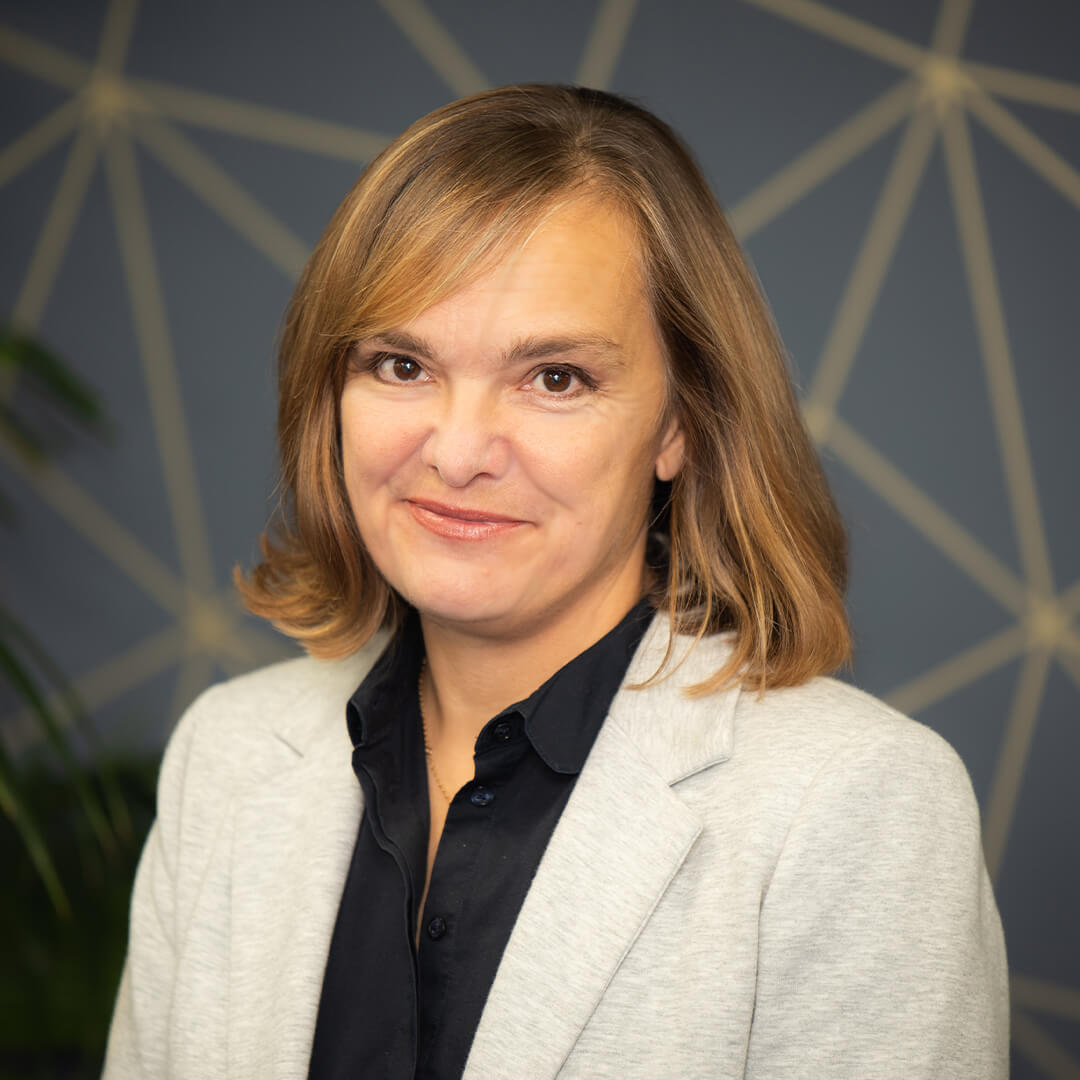#Coronacomms: How to develop a comms and content plan for a volunteer network
The challenge of creating a comms plan for hundreds of volunteers and rolling it out in just a couple of days was not one we had ever faced before. But three weeks ago we came across a new Facebook group for our local town in Buckinghamshire, England, created in response to the coronavirus pandemic.
Noticing that lots of people were offering their services locally, I set up a Google form to post on a local Facebook page to take names of people who wanted to volunteer. Within 24 hours we had over 150 names, and rising fast.
Now, what to do next?
Through the local grapevine, I was made aware of a new charity in the town – Better Connected Beaconsfield – and it soon became obvious that this would be the right organisation to help in structuring our growing group of more than 300 volunteers.
After a couple more phone calls The BCB Buddy Network was born. I started working intensely with a group of people who I’d never before (and nearly all I still haven’t met in person). After a lot of late nights, a lot of Zoom calls, and a load of favours called in, here’s what we’ve learned. I hope this is of use for all of you (either with or without comms and digital experience) trying to manage communications and digital output for local coronavirus volunteers.
Read more about the BCB Buddy Network at www.betterconnectedbeaconsfield.org.uk
Focus on the instantly doable, then do it
Just as I would do with a client, we quickly developed a basic plan of what we needed to do urgently. In the short term, the first step for us was to update and improve the website to enable people to find the charity, the second was to promote the charity and the need for volunteers on social media. The next phase has been communicating the work of the charity through PR to get more local recognition and more people signing up, and then building a newsletter to update and engage our team of buddy volunteers.
Learnings:
- Focus on the most crucial need first– do you need more volunteers? Do you need to raise funds? Take one step at a time, and don’t try to deliver everything at once
- Phase 2 can wait. You can get to you when you get the time and would include PR, and internal newsletter for volunteers, and other ‘nice to have’ activities
- If there are multiple support teams in your area, try to come together as one– much less confusing for residents, and easier to streamline and manage
Establish a core comms and digital team
We put a volunteer button on the front page of the BCB website to encourage those who wanted to volunteer for any task that we might face. This enabled us to gather information about local comms, PR people and designers who might be able to help us. Each person who expressed an interest was quickly interviewed on the phone to understand what they wanted to do, and what their skillset was – and then assigned a role.
Learnings:
- Build a core team to do key activities in your plan and make sure they all know what each other is doing in the team
- Ideally set up a regular meeting or zoom call to enable you to introduce your team and communicate your priorities to each other
- We are aiming now for a weekly call for the comms team, with the leadership team carrying on its regular evening call
- Be clear about what you want in terms of skills and recognise that people are limited in the time– and emotional input – they can give
- Be clear about what you need and ask them to be direct with you about what they can offer

You’d never believe what’s possible when you ask
Not everyone can give time – these are personally and professionally challenging times for all – but I have been overwhelmed by the number of local people with exceptional skills who’ve offered their help with this project.
The original BCB website was basic and, at that stage, not quite up to what we needed to manage a flow of volunteers and enquiries. We asked the UK WordPress community, and local agencies and freelancers, for help. Within hours I had heard from local developer, Simon Plews, who updated the front page immediately.
Then I was approached by Louise Towler who runs Indigo Tree, a local digital agency. Louise offered to build a new templated WordPress website in the space of 36 hours herself over a weekend. The front page includes three clear calls to action and is dedicated entirely to our local coronavirus response.
Learnings:
- Reach out to your network. It’s at times like this where people really step up. And most people really want to help if they can
- Be realistic! I was in the lucky position to have Louise ready to build a new site, but if this is not possible, try to find somebody that can at least update your charity site or volunteer site with basic contact information

Pause, and think
As anyone who knows me will tell you, I have a habit of rushing and wanting things done quickly! It pays – when health and vulnerable people are involved – to pause and think. Tempers can get frayed at times like this as people are feeling anxious. Be direct and clear in your needs and also be realistic about what people can do.
Learnings:
- Bring the right people into your core team, people who are heavily invested, and happy to give their time
Create some clear comms guidelines
We created some social media guidelines very early on as it was important for us to make sure that we protected the confidentiality of our residents if they were looking for help. Ensure that you explain to your volunteers and network how important it is to be cautious about what is shared in public social media groups.
Learnings:
- Create comms guidelines where you can, no matter how basic; in fact, the simpler the better.
Set up data protection and GDPR-compliant systems from the start to protect your volunteers and those you are helping
- We created a one-page set of social media guidelines that explained what we didn’t want people to post – for instance, fake news and health stories from non-credible sources.
Regular group communication
From day one we set up a daily evening call for core members of the charity team, to bring us together with a common goal and ensure we were moving forward as quickly as possible. We also all needed to be on the same page when it came to comms and messaging.
As soon as the volunteer network was in place, we instituted a webinar each weekend that disseminated more widely the information we needed. This included local doctors, local church leaders as well as the core project team. We started with a one-hour session, and have reduced that to 30 minutes.
Regular communication to volunteers and a flow from, and to, the group enables us to minimise the time spent on communicating and repeating information, and also ensures that we get our key message delivered quickly.
Learnings:
- Create a regular catch-up meeting or call to make sure all of you are on the same page and clear on what’s being communicated
- Create a webinar using free comms tools such as Zoom to communicate with your volunteers
- Use PowerPoint bullet points to communicate on the webinar and upload these and the recording after each session to allow people to watch in their own time. All of this minimises the flow of questions and queries
- We use MailChimp to mail out regularly to volunteers about important updates and information and also have a cascade system for bodies to communicate to Buddy Co-ordinators and then up to Area Leaders
Social media – a blessing…
We’ve used Facebook to organise and communicate with our team of volunteers and also to reach out to the community to promote what we are doing. There was already a BCB Facebook page which had limited followers. We quickly redesigned as a coronavirus hub for BCB… Including more callouts for volunteers and Buddies to join the network and also pushing anyone in need to the website to sign up.
Learnings:
- If you can’t get a website built or updated then use a Facebook Group or Page as your hub. You can create an external-facing page or a Facebook group to gather and communicate with your volunteers
- We have also created a private Facebook group just for Buddies where they can share information and share tips and learnings as we enter the most challenging time for the community
- Work with other volunteers in the local network – we’re in touch with other local Facebook page ‘owners’ – especially Mark Christophers and Miranda Hume from Beaconsfield Community Coronavirus Support Group . I uploaded our information to the Covid-19 mutual aid website to ensure other groups know about us

Keep sharing your key information
We’ve been uploading both webinar recordings and key documents such as shopping guidelines to our Facebook private Buddy group, but also uploading them all to the BCB website behind a password-protected page that Indigo Tree created on the website.
This enables us to upload PDFs, videos etc to keep the volunteer group closely informed.
Learnings:
- Keep sharing information! With everyone under time pressure, it’s important to be able to access core documents
- If you don’t have a good enough website or you don’t have a website at all, then upload to your Facebook groups or pages
- Pin your urgent messages to the top of your Facebook pages or groups
- Engage with the local health network to make sure you are giving out useful advice at all times
- Seek support from the local council and find a sponsor to support you and guide you on any context, resources or funds

Other learnings:
Find your connectors: Approach and ask for help from those people who are great communicators, and connectors in your community. You need them at a time like this, to help spread the word across Facebook groups and pages, and guide those who do not know about your services.
Google forms: We managed to get a volunteer and call for help system establish quickly using Google forms attached to the buttons on the front page of the website stop each button for instance I need help, or I want to volunteer, had a separate Google form behind it.
Information from each button drops into a spreadsheet which could be managed by the project team at BCB.
This enables us to ensure that our data was safe and GDPR-compliant. These things are important at a time like this and it’s vital not to forget data protection and compliance with privacy regulations, especially when dealing with vulnerable people.
Newsletter: We have a team of four people including a writer, one person looking after mailing, one person finding stories and a graphic designer to pull together a regular newsletter for volunteers. The aim is to send a big thank you to them, as well as encouraging more volunteers to join and giving a shout out to our lovely volunteers. We will create this only as often as we have the stories, and the resources. Not a priority at this stage.
Video volunteer stories: I have encouraged or asked volunteers to record short messages on their phones in video answering the questions who are they – first name only – and why they volunteered, with a little bit of information about them. These have been brilliant to give a face to our volunteers, and to encourage more volunteers to step forward
Facebook scanners: We have recruited a handful of people to keep an eye on Facebook across all local groups and our partner organisations in Beaconsfield, with the aim of responding to those looking for help, and posting details of the BCB Body Network to encourage people to go to the website to get help. We also created a Google form which is open to all where we have uploaded information about neighbouring and local support groups in case we are approached by people seeking help from outside of the area
I hope this is of use to even one other volunteer group out there. Best of luck with your work helping your communities.
None of this would’ve been possible here in Beaconsfield without a fantastic team at Better Connected Beaconsfield, and of volunteers behind the scenes.
And of course to all our Buddies, the incredible volunteers who are powering just one community’s response to this challenging crisis.
READ MORE:
#Coronacomms: Building a compelling virtual event – 4 key steps
#Coronacomms – Getting Virtual: tips & techniques to put life back into virtual communications
If you would like to know more about virtual communication strategies, please email gay@formativecontent.com
About the author: Gay Flashman is the CEO and founder of Formative Content. Last year, she was named in Thrive Global’s Top Female Creatives of 2019 list. Connect with her on LinkedIn here.

Related Articles

AI won’t destroy SEO – but it will massively change the game
“The reports of my death are greatly exaggerated,” Mark Twain is said to have told a newspaper reporter.

Where creativity and technology meet: a designer’s view on artificial intelligence
My favourite things usually exist where creativity and cutting edge technology meet.

What does the launch of Twitter-alternative Threads mean for B2B marketers?
Threads, a Meta-owned alternative to Twitter, is set to launch on Thursday.

Protecting your brand in the age of generative AI
Imagine a deep fake video supposedly of your CEO making a market-moving statement going viral on the web.



